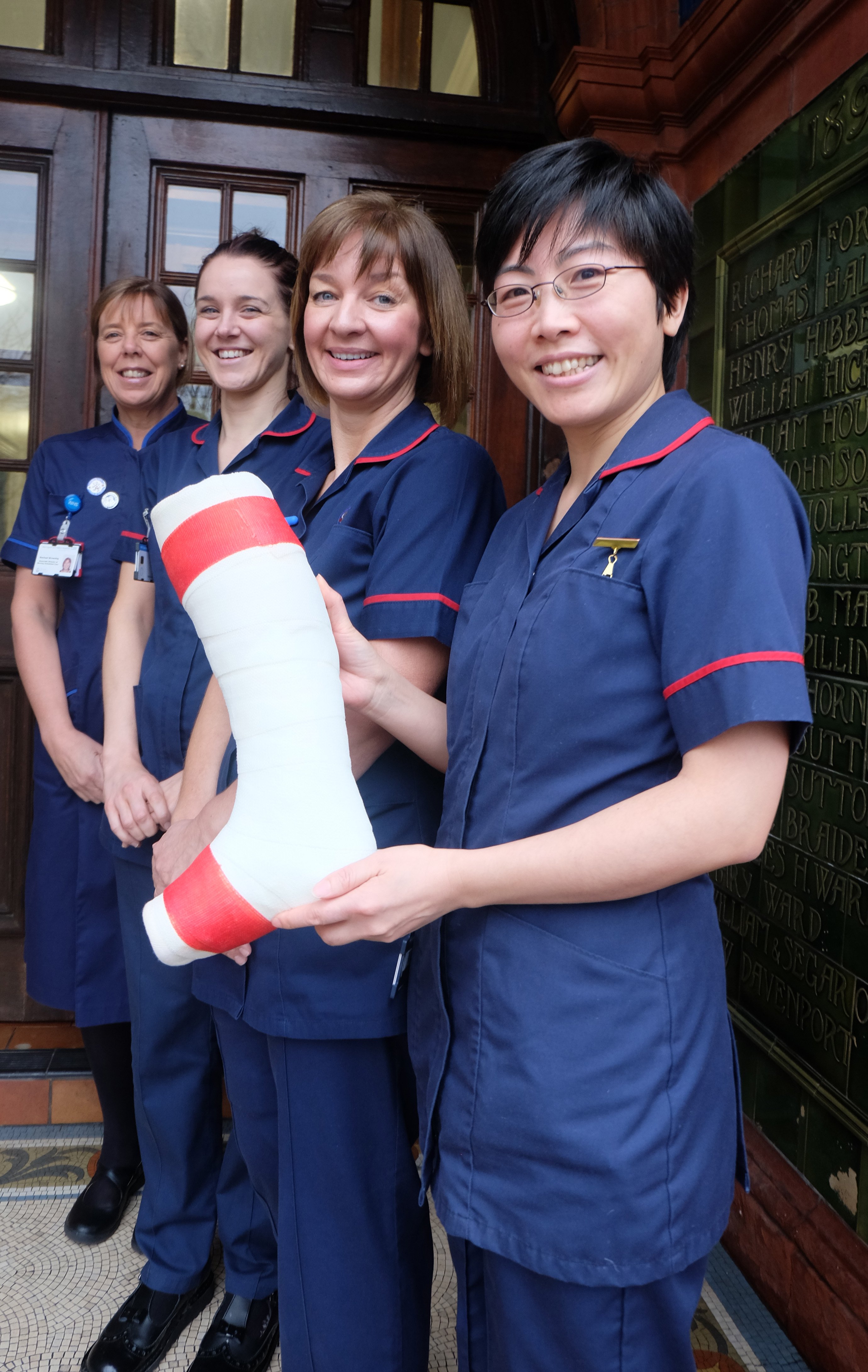 Warrington and Halton Hospitals NHS Foundation Trust (WHHFT) has worked effectively over recent years to ensure that there have been significant reductions in pressure ulcers.
Warrington and Halton Hospitals NHS Foundation Trust (WHHFT) has worked effectively over recent years to ensure that there have been significant reductions in pressure ulcers.There have, however, been six grade-3, device-related pressure ulcers since the third quarter of 2014.
These have been identified predominantly in Trauma & Orthopaedics and the Intensive Care Unit and they have ultimately resulted in harm and a negative patient experience.
All avoidable events, including grade 3 pressure ulcers, are considered a poor standard of nursing care. From August 2014 to March 2015, the following pieces of equipment attributed to the development of pressure ulcers:
• Thomas splints
• Plaster of Paris
• Backslabs
• Nasogastric tubes
• Ryles tubes
In response to this increase, a multi-disciplinary working group has developed an innovative initiative to eliminate device-related pressure ulcers for patients in their care. The use of a red band around a cast works to alert healthcare professionals responsible for the care of the patient about the risk of developing a pressure ulcer to enable the correct application of the device and appropriate management to enable prevention.
As a result of root-cause analysis, the group also developed and implemented various initiatives to prevent future incidents and ensure a high-level of care and experience for the patient. Initially the work of the group aimed to review current incidents, mapped care to the best available evidence including competency frameworks for practitioners and best practice statements and considered RCN guidance on traction and the principles of application. Consequently, the group launched the following interventions:
• The issuing of a Trust-wide safety alert, which aimed to inform staff of the negative outcomes of device-related pressured ulcers and key learning for preventing their occurrence, which incorporated NPSA guidance.
• The creation of a single-point lesson plan, which has been developed and presented to the nursing/practitioner teams. It aims to quickly and concisely inform staff of the nature of a device-related pressure ulcer and their prevention.
• There has also been key learning and development actions for staff, including: - The correct application and management of plaster casts and Thomas Splints - The development of core competencies for orthopaedic nursing staff
• The implementation of a care pathway for patients who have had a Thomas Splint/device in situ
• Review of the Care and Comfort documentation to include device-related care.
• Daily review by the Trauma Nurse of any patient with a cast or a device on an outlying ward.
• The implementation of key initiatives to aid the alert of staff when a patient is at risk. This has included a red band placed around the cast to notify staff of the need to tailored care to prevent ulcers.
• Red alert stickers have also been produced to raise awareness in the Plaster Room and ensure that staff are aware of the need to review high-risk patients.
Since August 2015, there has not been a device-related pressure ulcer arising from those in the care of WHHFT.

